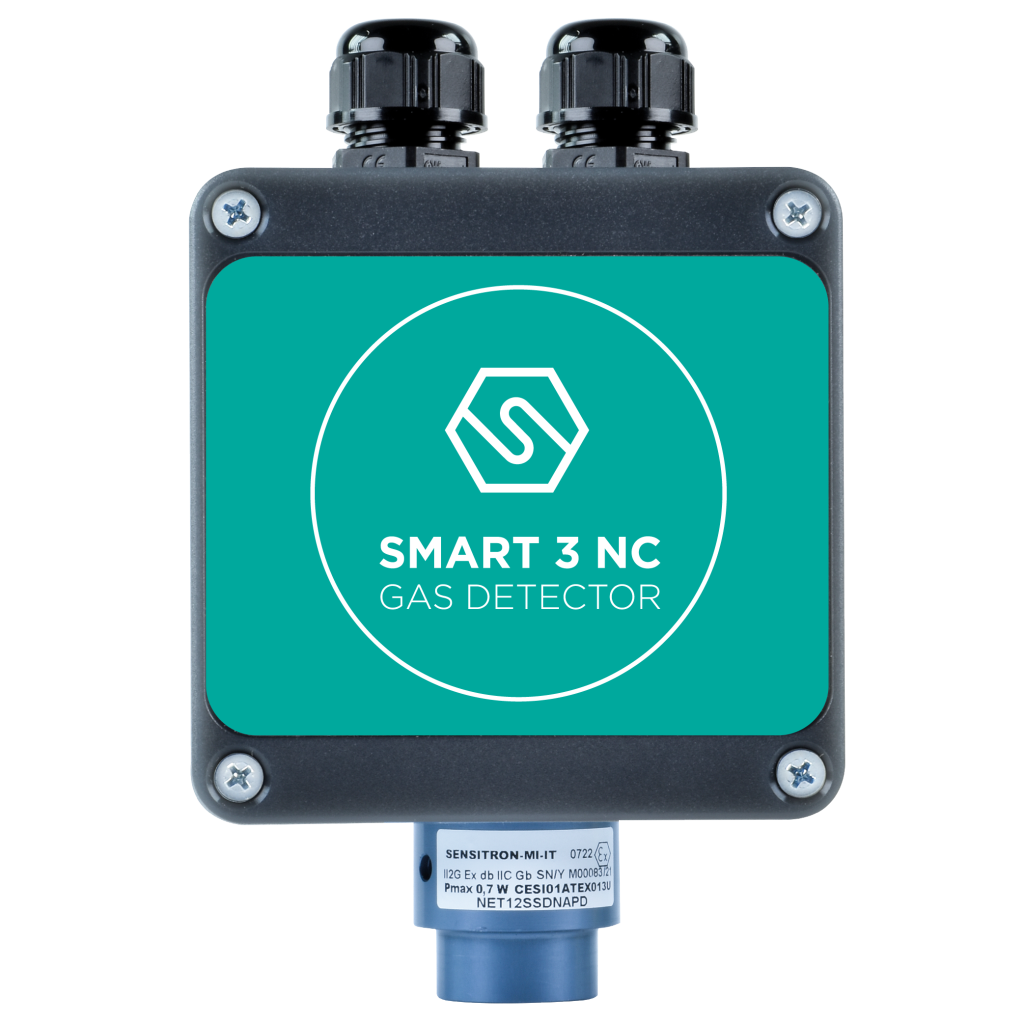Magnetic resonance imaging (MRI) facilities are advanced medical equipment used to obtain detailed images of the human body, which are critical for diagnosis and treatment. Gas detection within these facilities is crucial to ensure safety, as the use of anesthetic, oxygen and other medical gases can pose risks if not managed properly.
gas detection is critical to protect patients and staff from various risks associated with the use of medical gases and other environmental hazards. One of the main risks involves anesthetic gases, such as nitrous oxide, used during procedures requiring sedation. An undetected leak of these gases could accumulate in the environment, creating a risk of poisoning for health care personnel or other patients, especially in closed environments such as MRI rooms.
Oxygen detection in MRI rooms is critical to ensure safety, as both excess and deficiency of oxygen can be dangerous. An excessive accumulation of oxygen increases the risk of fire, while a deficiency can compromise the health of patients and staff, causing respiratory distress or physical harm. Oxygen detectors constantly monitor levels, warning of any abnormalities to prevent critical situations.

The PL4+ control panel is equipped with 4 analog 4-20mA inputs expandable to a maximum of 8. Each input can be configured separately, enabling the control of different types of detectors and various types of gases.

SMART 3 NC detectors are designed to detect flammable, toxic and CO2 gases in unclassified areas.
Sensitron Srl is one of Europe’s leading brands in gas detection thanks to the continuous development and design of new products that increase the level of safety of the environment and people in various applications: industrial, commercial and residential.
© Sensitron s.r.l. | CF e P.IVA: IT 09204090154 | REA: MI 1278620 | Share Capital € 100.000,00 i.v.